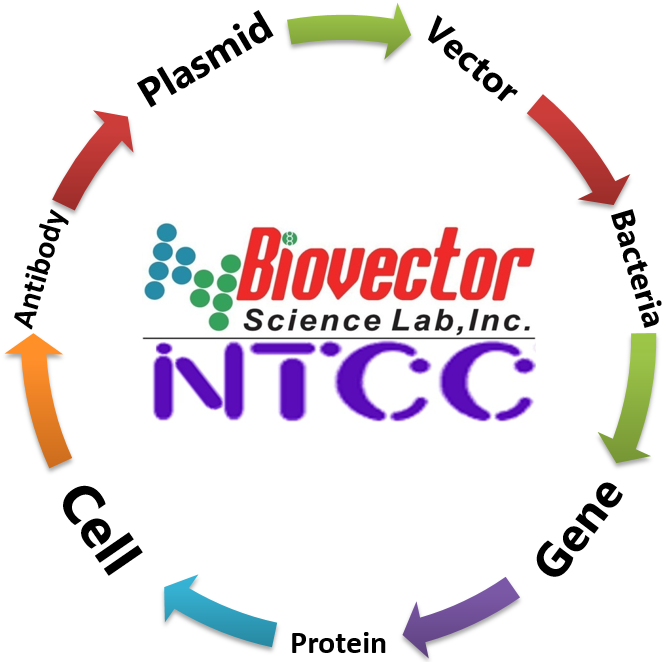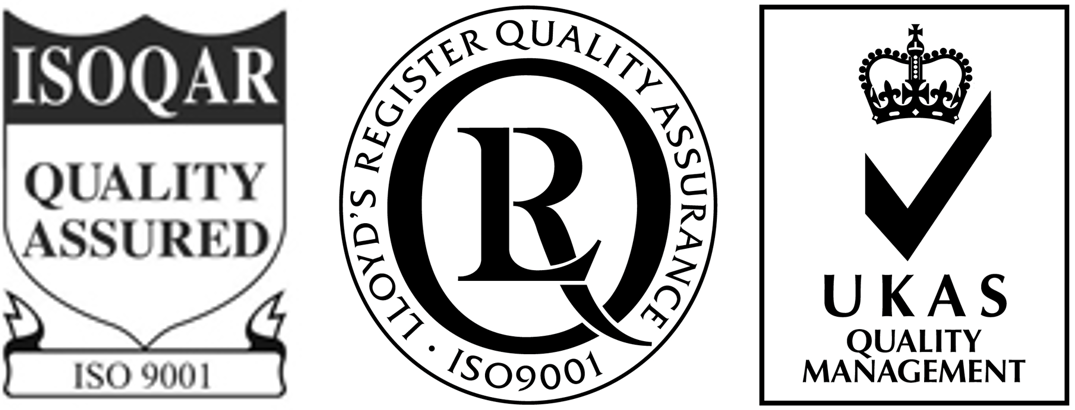pKO3-Cm plasmid大腸桿菌基因重組敲除質粒 BioVector NTCC質粒載體菌種細胞基因保藏中心
- 價 格:¥59865
- 貨 號:pKO3-Cm
- 產 地:北京
- BioVector NTCC典型培養物保藏中心
- 聯系人:Dr.Xu, Biovector NTCC Inc.
電話:400-800-2947 工作QQ:1843439339 (微信同號)
郵件:Biovector@163.com
手機:18901268599
地址:北京
- 已注冊
pKO3-Cm plasmid大腸桿菌基因重組敲除質粒
pKO3-Cm is identical to the pKO3 vector described in J. Bacteriology 179: 6228-6237, except for the addition of a 3kb stuffer sequence in the multiple cloning site. This stuffer permits (i) directional cloning using NotI and BamHI and (ii) clean separation of doubly cut vector from singly cut contaminants when using this pair of enzymes. The pKOV cloning site is: 5' - SmaI - NotI - SmaI- stuffer - BamHI - SalI - 3'. BamHI and SalI are not used together, nor is SmaI used with NotI. BglII & BclI cut ends are compatible with BamHI. PmeI & SwaI are compatible with SmaI.
NOTE: pKO3-Cm has a temperature sensitive pSC101 replication origin. To recover the plasmid, strains harboring the plasmid must be grown at 30 deg C under chloramphenicol selection.
Gene replacement: Mutant alleles cloned into the pKO3-Cm gene replacement vector are electroporated into recombination proficient strains (eg. EMG2) and allowed to recover for 1 h at 30 deg C. The cells are plated on prewarmed chloramphenicol/LB plates and incubated at 42 deg C. To measure the integration frequency, the electroporated cells are also plated on chloramphenicol/LB plates at 30 deg C. From the 42 deg C plate, 1-5 colonies are picked into 1 ml of LB broth, serially diluted, and immediately plated at 30°ree;C on either 5% w/v sucrose or 5% sucrose+antibiotic plates. The 5% sucrose plates are replica plated to chloramphenicol plates at 30 deg C to test for loss of the replacement vector (cms). The gene replacement is confirmed by either PCR using primers flanking the targeted open reading frame or by genomic Southern's.
If sucrose plates do not select correctly,pKO3-Cm should be used in liquid selection on a plate reader with a LB + Cm control growth and a LB + Cm + sucrose growth .pKO3-Cm can sometimes still allow survival in the presence of sucrose, but significantly decreases fitness, so tracking the kinetic growth can be helpful.
The sacB gene loses its efficacy,, sacB is toxic in E. coli even in the absence of sucrose.
Supplier來源:BioVector NTCC Inc.
TEL電話:400-800-2947
Website網址: http://www.biovector.net
- 公告/新聞




